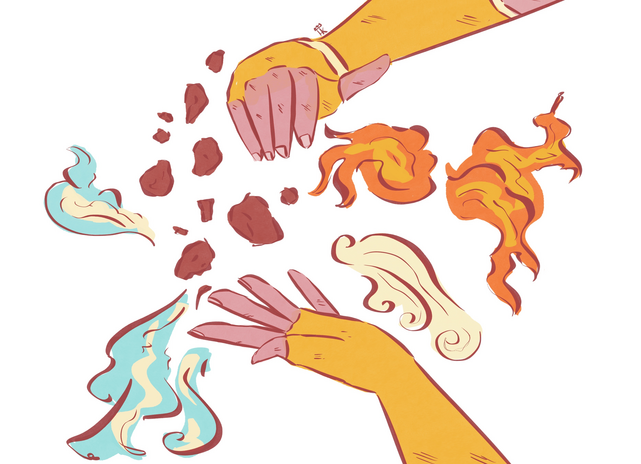In light of the recent unveiling of Avatar Studios, a new production company made to extend the “Avatarverse,” I believe it’s time we talk about the underdog in that universe. The consistent and underserved vitriol that Legend of Korra–the 2012 follow-up series to the wildly successful children’s cartoon Avatar: The Last Airbender– still receives even seven years after its series finale needs to be discussed.

Legend of Korra follows the story of the Avatar who succeeds Aang, the 12-year-old airbender who saves the world from the fire nation in the first series. Korra is a 17-year-old hot-headed waterbender, growing up in the aftermath of the developments that Aang and his group of friends contributed to several years in the past. The setting of Legend of Korra can be likened to that of after the Industrial Revolution, with a boom in factories, automobiles, and cities. Each of the four seasons is relatively self-contained because the show was under the threat of being canceled every season and being constantly undermined by Nickelodeon.

Granted, there are valid criticisms of the show — some of the motivations of the characters seem shallow, the entirety of season two — the list could go on. It seems as if the main criticism is rooted in the fact that Korra is not Aang, and Legend of Korra is not Avatar: The Last Airbender. Korra and Aang could not be any more different, and that’s what makes Legend of Korra so enticing — this is the first time the audience of both shows has seen two Avatars in-depth, watching how they navigate issues and the role they were thrust into from birth. Avatar: The Last Airbender does an incredible job at world-building while also developing its main cast of characters, inserting metaphors and nods to spirituality, several Asian cultures, and the reality of war and its effects on its victims. Legend of Korra doesn’t require intense world-building, since the rules of the universe were established in the first show — allowing the showrunners to dive deep into the inner workings of their characters, explore the unanswered questions that Avatar: The Last Airbender left, and take a darker approach to the Avatarverse.

I am not saying one is better than the other. Both have their strengths and weaknesses, and Avatar: The Last Airbender will always own a piece of my heart due to the nostalgia it brings me every time I watch it. I just watched The Legend of Korra for the first time and fell in love, not seeing why Avatar fans hated it with a burning passion. Everyone has their reasons for disliking it, and I have my reasons for loving it with my entire being. To each their own.




